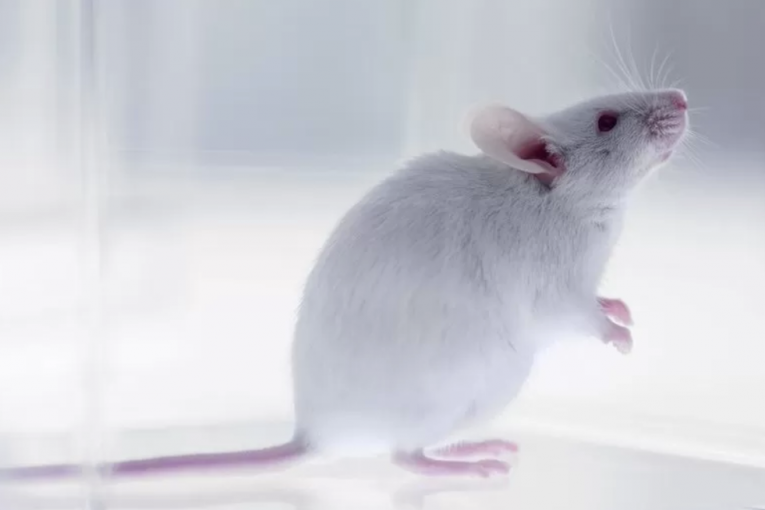
![]()

By Kayla Ngai
Scientists are hopeful that, one day, two men will be able to conceive a biologically related child with the help of a surrogate mother. On March 8th, during the human gene-editing summit at the Crick Institute in London, it was announced that seven mice were born “using a process that involves turning male cells into egg cells and then fertiliz[ing] them with sperm.”
However, this work is still in its “very early stage[s].” Currently, the eggs produced are of low quality, so there is a long way to go before we can say this method is viable for human patients. Still, the research is very interesting and shows real promise as it demonstrates the expanse of technology and science.
Additionally, alongside this breakthrough are many other benefits and implications. This technology could help women with chromosomal conditions conceive. Originally, Katsuhiko Hayashi (Kyushu University in Japan at the Third International Summit on Human Genome Editing in London) and his team’s goal was to “[treat] infertility in women who have only one X chromosome instead of two.”
One example of when this is beneficial is for Turner syndrome. Turner syndrome leads to infertility since egg development normally requires two X chromosomes. Hayashi’s plan was to turn chromosomes with one X into two. Thus, he started with male cells (XY chromosomes). Y chromosomes are usually naturally lost.
As part of their process, the researchers used 8-week-old male mice that randomly lost a Y chromosome and altered their cells until they received an X chromosome after cell division. The XX cells were then transformed into egg cells and were fertilized with male mice sperm. This resulted in over six hundred embryos implanted into female mice surrogates and seven successful (and healthy) children.
However, as this process stirs excitement, there is controversy on whether Professor Hayshi’s work should be used for humans when the opportunity arises. Because this research highlights the possibility of same-sex couples producing biological children, members of the LGTBQIA+ need to be present in this discussion.
Hayashi exclaimed that he is hesitant about his work being used for humans at the stage it is in now, but he stated that “if people want it and if society accepts such a technology then yes, [I am] for it.” Professor Amander Clark, a stem cell scientist from UCLA, reiterated this statement, announcing that the “LBGTQ+ community should have a say in the use of the technology for reproduction.” I agree that the LBGTQ+ community should contribute to the conversation. The conversations surrounding this type of technology need to be more inclusive.
Complicating this matter further, the BBC pointed out that different cultures may have diverging views on whether this research can be accepted as normal in the future. Would a baby conceived through this process be considered part of a family? Alta Charo, professor of law at the University of Wisconsin Madison, stated that some cultures place more significance on biological relations, and some that view adoption as acceptable. Therefore, there will be a lot of cultural challenges in the future.
However, since this project is still in early development and is presently done only on mice, people are getting ahead of themselves when discussing human applications. Of course, this is a novel achievement and the future implications could challenge society’s concept of conception and revolutionize the healthcare industry. Still, there needs to be more testing done before we discuss if this is a viable option for human conception.
As mentioned earlier, the eggs produced are of low quality, so this technology is not readily available for clinics. The conversations and issues arising are important, but they are not relevant at this point in time. This research is interesting, and overall, has a lot of potential for the future of fertility. I would like to see more of their future progress. Yet, at the moment, there needs to be more testing with substantial data before jumping to a discussion about human patients.